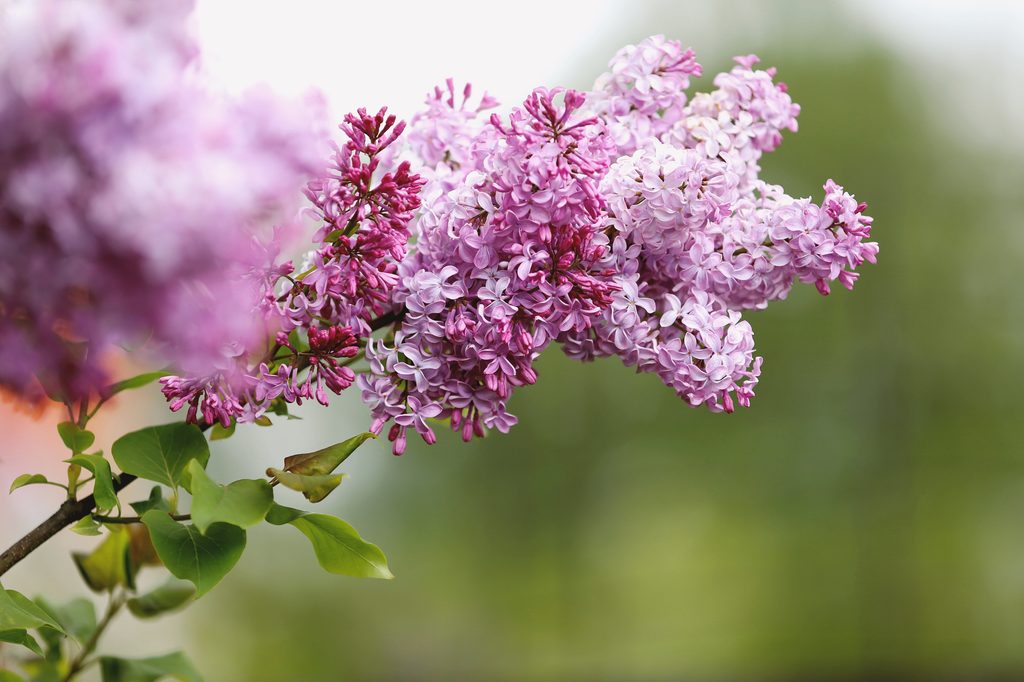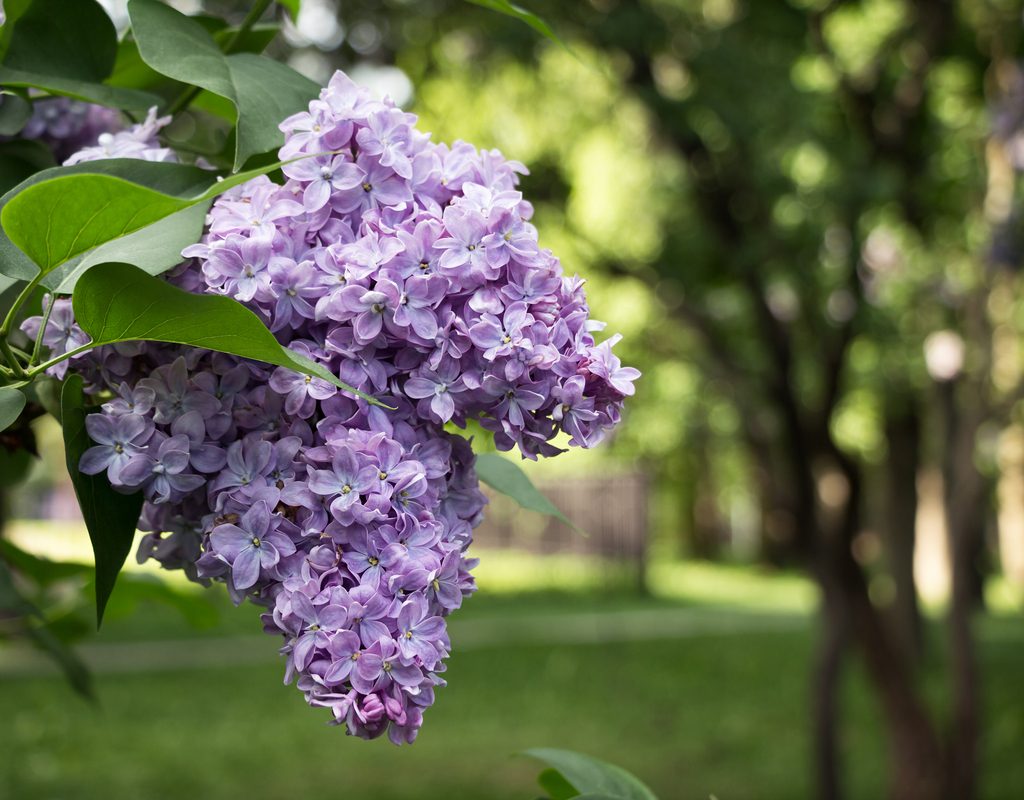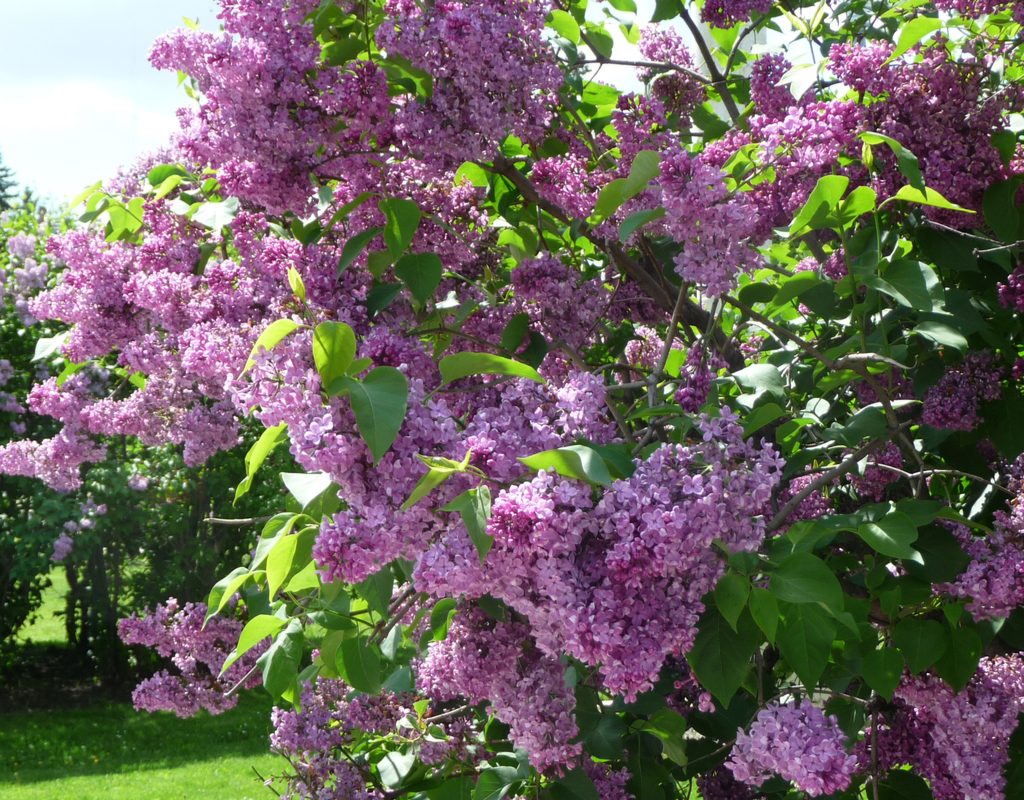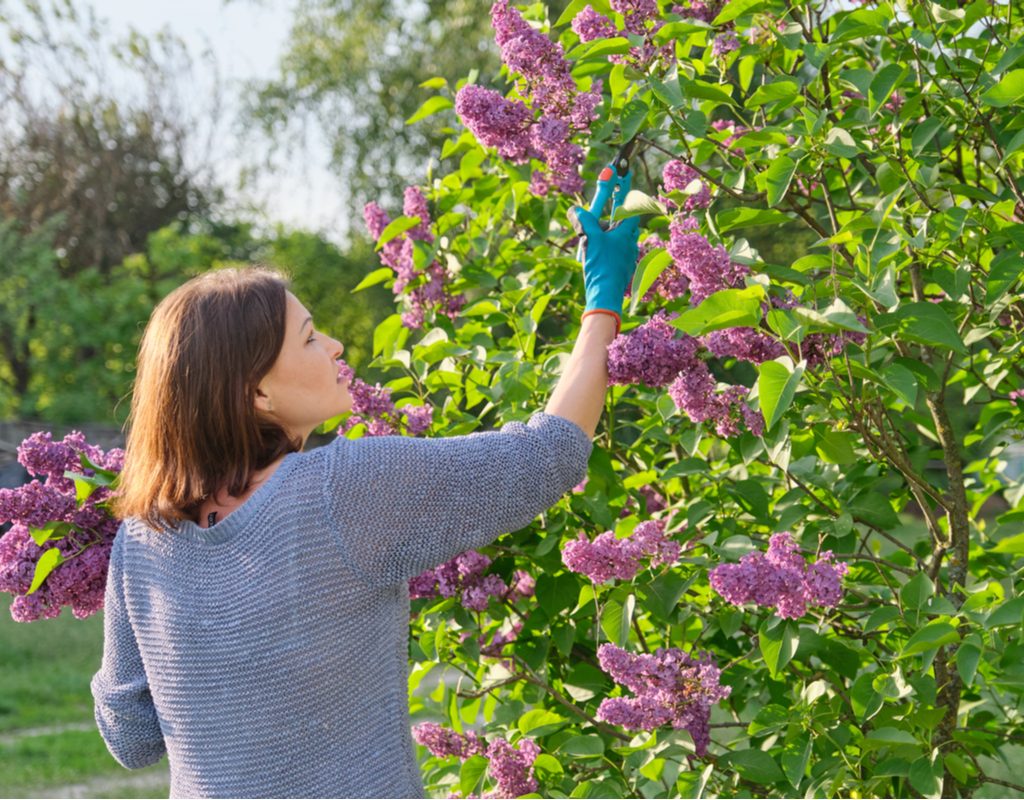If you’re looking for a beautiful tree or bush to fill some space in your yard or garden, then lilac bushes should be at the top of your list. They burst with purple, pink, or white flowers, filling the area with a subtle and lovely scent. You can even eat the flowers! Although they look quite impressive, lilac bushes aren’t difficult to care for at all, and gardeners of any experience level can successfully add them to their homes. If you think lilacs are the bush for you, then stick around! We’ll cover everything you need to know in this handy guide to planting and caring for lilac bushes.

When to plant your lilac bush
Choosing what time of year to plant your lilacs is important, as temperatures that are too high or too low can weaken or kill seedlings. There are two options when it comes to planting lilacs. You can plant them in the fall or early spring. Whichever you choose, you want to make sure the ground is not frozen.
For fall plantings, this means getting your lilac bush into the ground before it freezes. In the spring, you’ll need to wait until the ground thaws before planting your lilacs. Lilacs are planted as bushes rather than as seeds, and these bushes are dormant in late fall through early spring. This cuts down on the stress of transplanting.
Lilacs can be grown from seeds, but, like most bushes and trees, they grow slowly. They can take several months to sprout and typically grow for a couple of years before blooming. If you want to grow your lilacs from seed, it’s best to start them indoors and transplant them once they’re older.

How to plant lilac bushes
Start by choosing a planting location that’s in full sun with thick, rich soil. Lilacs prefer neutral or alkaline soils. They don’t typically grow as well in acidic soils, so take note of your soil pH. If you’re planting your lilac near your home or another structure, then be sure to provide enough space for your lilac to grow without touching the building. Variety is important here because lilacs are available as trees, bushes, and vines, all of which take up different amounts of room.
The quickest way to get a beautiful lilac bush is to start from a nursery plant. These are older, so you won’t need to wait as long for flowers. Gently remove the sapling from its container or bag, taking care to remove any string, rope, or tags. Dig your hole a couple inches deeper than the roots are tall, set the sapling in the hole, and gently spread the roots out. Add some soil to the hole, then water it in. Continue filling the hole and make sure the sapling is standing upright.

Caring for your lilac bush
Lilac bushes are quite hardy and need remarkably little care. They need roughly an inch of water each week, which, in some climates, may be taken care of entirely by the rain. Mulch can also be useful since it helps soil retain water. Luckily, lilacs are not prone to serious diseases or pest infestations.
Although you may feel the urge to fertilize your lilacs, limit your fertilizer use. You can mix some compost into your soil, or use a small amount of balanced fertilizer in winter. Lilacs grow slowly, but they grow steadily without fertilizer. Overfertilization poses a greater risk than under-fertilizing them. It leads to more foliage and fewer blooms, especially if the fertilizer is high in nitrogen.

When and how to prune lilac bushes
Aside from water, regular pruning is the most important aspect of caring for lilac bushes. Unlike many shrubs, lilacs should be pruned after they bloom, typically in mid to late spring. This is because they bloom on old wood rather than new growth, so pruning too early or too late will result in fewer flowers. Depending on your variety and its age, you may not need to prune your lilac bush every year. Pruning is most important for bushes that are becoming overgrown.
To prune a branch, take a sharp, clean pair of garden shears and make a single cut. The cut should be at a slight angle, just above a leaf node. Begin at the bottom of the bush and work your way up and out.
Start by removing any dead, damaged, or diseased branches, as well as any weak or abnormally thin ones. Next, remove the oldest branches, which should be towards the center of the bush, to make room for new branches to grow. Finally, trim it to the size and shape you desire.
Lilacs are a beautiful, hardy plant that can add a burst of color to any yard or garden. It comes in a range of colors and sizes, so be sure to explore all the varieties your local nursery has to offer. Whether you choose a classic variety like the Common Purple Lilac or go for something a little more exciting like the Ludwig Spaeth or President Lincoln varieties, we hope you enjoy your lovely new lilacs!


